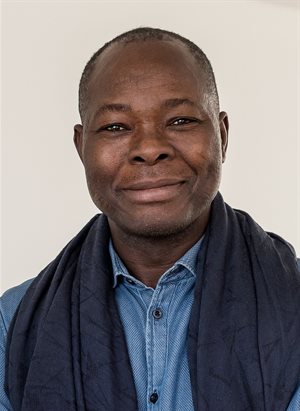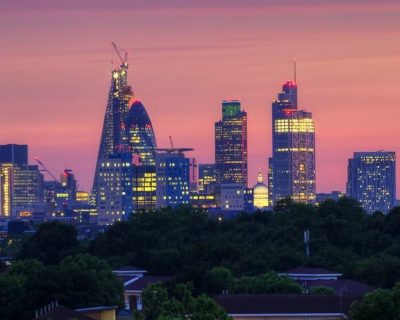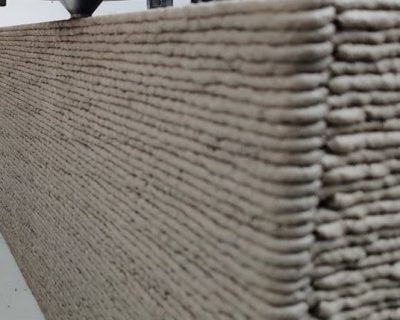Blog
The inspiring architect from Burkina Faso who lifted the world’s biggest prize
An introduction to Francis Kéré
 Diébédo Francis Kéré, first African and Black person to win the Pritzker Architecture Prize. Source: Astrid Eckert, CC BY-SA 3.0, Wikimedia Commons |
Francis Kéré is a 56-year-old internationally renowned architect. He was born in Gando, a small village in Burkina Faso. He turned his destiny around through education, becoming one of the most representative figures in the African diaspora.
As a child, Francis had to leave his family to attend school in the nearest town. Driven by his own optimism, and by the awareness that in his home country only education could make a difference, Kéré moved to Berlin on a carpentry scholarship and to study architecture. Even before he finished his studies, he designed a primary school in Gando.
In Germany, he founded an association to raise funds to build the school, translated as ‘Bricks for Gando’, it was later renamed the Kéré Foundation.
What kind of architecture is he known for?
The Gando school is a model of sustainable building. Its features include allowing cooling air to pass through and around the building. Another is its innovative use of widely available local resources – both materials and unskilled labour.
It has become an example of the power of architecture to uplift and inspire.
The first school built using this model – in Gando in 2001 – encouraged the implementation of further projects: another school, then a library. These buildings, in turn, have attracted other buildings around them – and even the neighbouring villages have built their own schools following Gando’s cooperative approach.



